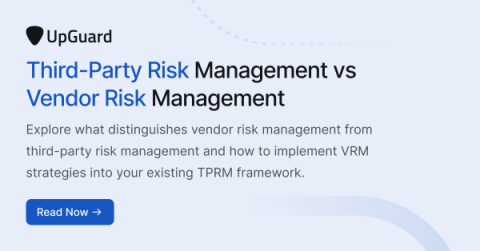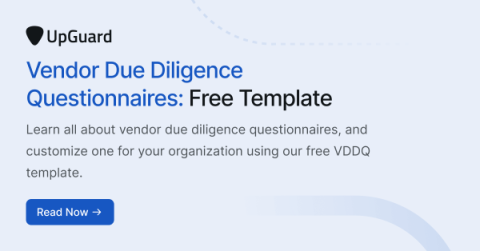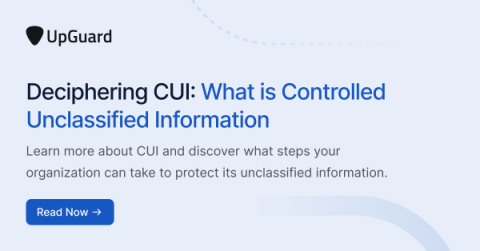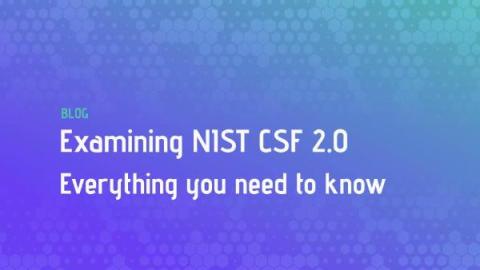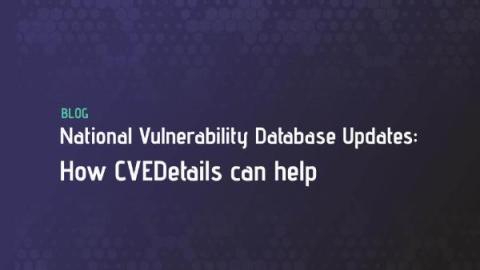Finding Risk: Introducing Remediation Operations
The security space has evolved in complexity and scale, especially since 2020’s forced digital transformation hit virtually every industry. Day to day tasks for IT and security teams extend beyond the scope of people and their devices.



